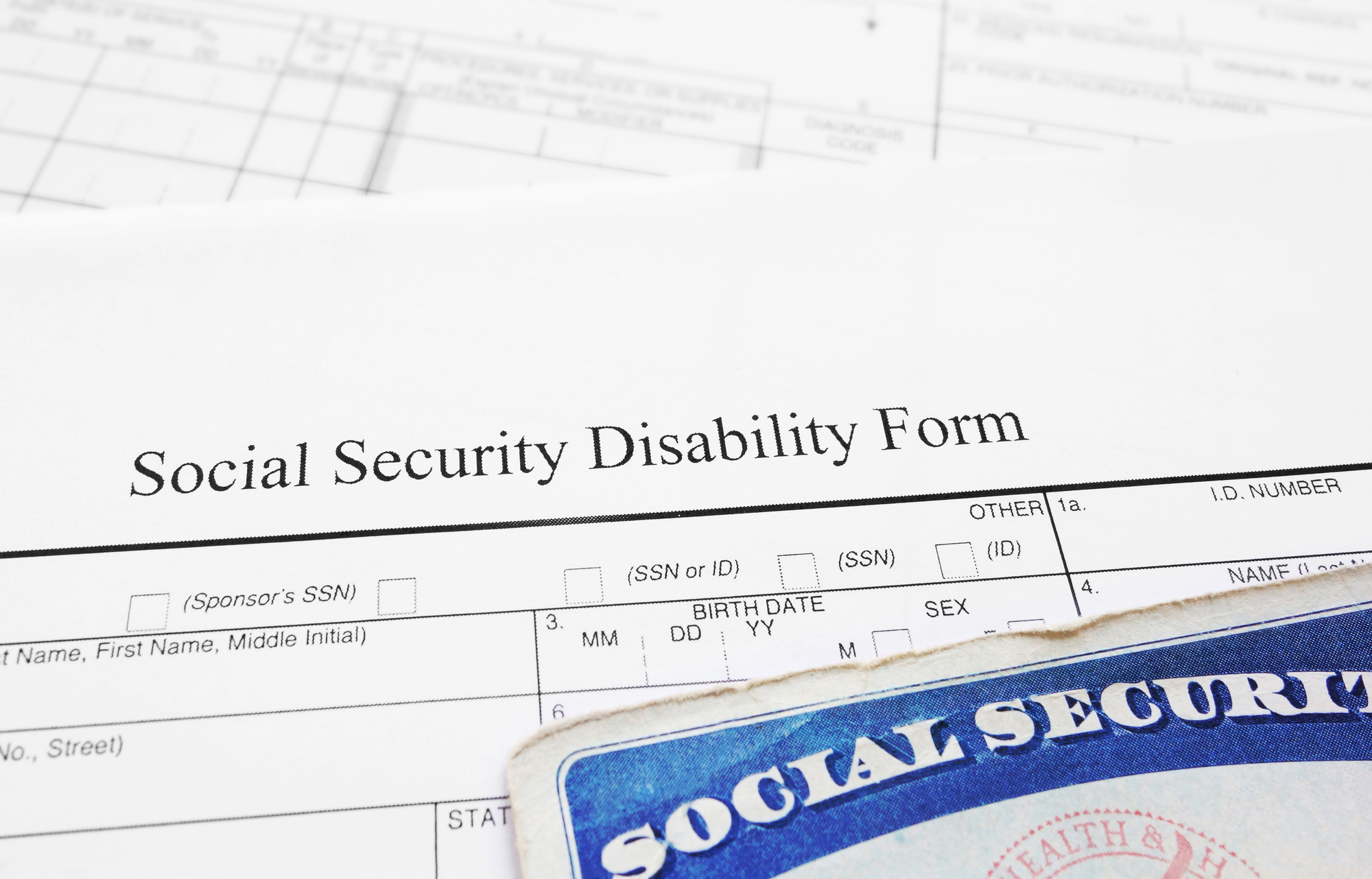Social Security Disability Insurance (SSDI) is an insurance program from the U.S. Government. About nine million Americans collect SSDI. There are lots of myths and misunderstandings surrounding the program.
Are you considering applying for SSDI? If so, take a look at these 10 Social Security Disability facts.
Social Security Disability Insurance Basics
Social Security Disability Insurance became law in 1956 but had been in discussion since the mid-1930s. The law protects those unable to work due to injury or physical or even mental illness.
The planners who wrote the law wanted a distinct definition that distinguished disability apart from mere unemployment. This was an effort to prevent abuse of the law by those able to work.
1. How Is SSDI Funded?
Funding for Social Security Disability Insurance comes from the Social Security Administration. The main funding for the program comes from the Social Security payroll tax.
Employees and employers both pay into the Disability Insurance Trust Fund. The funds cover not only disability payments but also the costs of program administration. The administers invest any extra funds into securities, and the interest goes back into the trust fund.
2. The Chance of Disability
Actuary tables reveal that young workers beginning in the labor market have a one in three chance of death or disability before reaching retirement age. As workers age, the risk of death or disability increases.
The percentage of people ages 60-66 on disability is much higher than for younger age groups.
3. SSDI Enrollment Growth
The number of people receiving disability benefits grew over the last few decades, though it’s now slowing. There were several reasons for this growth.
- Higher labor force participation rate for women
- Aging baby boomers
- General population growth
- Social Security retirement age raised from 65 to 66
Women and men receive disability benefits at about the same rate. As women joined the labor force, that drove the rate of disability claims among women higher.
4. Eligibility Criteria
You must meet specific criteria to receive benefits from the SSDI program. The criteria are strict.
You can’t receive benefits unless you worked five of the last 10 years and one-quarter of your adult life. Most beneficiaries of SSDI have extensive work histories. Older workers with limited education sometimes qualify because they can’t change their employment.
To qualify, you must have a severe physical or mental impairment that will last a year or longer or result in death. You’ll need documented clinical evidence from a medical source that’s acceptable to the program.
If you’re able to generate earnings of more than about $1,200 per month, you won’t qualify for SSDI. If you do qualify, there’s about a five-month waiting period before receiving any payments.
Fewer than half of all applicants end up receiving actual benefits. The bulk of SSDI applicants get denied for technical reasons, usually because they haven’t worked long enough. Three-quarters of SSDI recipients are over age 50.
This brings us to our next point…
5. Percent of Denials
The percent of denials for SSDI benefits hovers around 65%. About 35% of rejections are due to medical reasons. The other 30% of rejections are technical, such as not working long enough.
6. Typical Disability Recipient
The typical SSDI recipient is over 50 and has a severe physical or mental health impairment. Injuries, cancer, and musculoskeletal impairments are common.
Mental impairment includes intellectual disabilities and severe mental illness. SSDI beneficiaries under 50 often have a mental impairment. These impairments include schizophrenia, severe depression, and psychotic disorders.
7. Mortality Rates for Disability Recipients
SSDI recipients have high mortality rates compared to the general population. Some of the latest statistics reveal that SSDI recipients are three times more likely to die compared to their age group in general.
People on SSDI with low education levels and low income don’t have good access to healthcare. This is one of the reasons for the higher mortality rates. Recipients have access to Medicare but that doesn’t start until 24 months after receipt of benefits.
8. Education Status
In the states where educational attainment is low, SSDI rates are higher. If you live in a state with low high-school completion rates, there are typically more SSDI beneficiaries.
9. Poverty and Disability
The SSDI program is not a means-tested program. You aren’t awarded benefits based on your economic status. The program is only for people who can’t work due to a physical or mental disability.
There is a correlation between poverty and disability, though. Most disability recipients have high poverty rates. Some struggle to find affordable housing.
The program does allow recipients to work. There are strict limits on how much you can earn and still receive benefits. If you make more than $1,220 per month, you’ll lose the SSDI benefits.
10. The SSDI Funding Gap
As the baby boomers move into retirement age, the number of SSDI recipients has stabilized. That’s because disabled workers convert to retirees so they’re no longer funded through the SSDI program.
There is a shortfall in SSDI funding, though. The program does not face bankruptcy, though it will have some funding challenges around the year 2065.
What happens if the benefits run out? They won’t stop suddenly because recipients have an entitlement to the funds based on the law.
In the future, benefits may decrease or taxes may increase depending on what those in government decide to do. Almost every American participates in the Social Security system in one way or another. Increasing taxes is the most likely method of solving the insolvency problem.
Basic Social Security Disability Facts
These are some basic Social Security Disability facts. If you need SSDI, start the process as soon as you can. It can take up to five months for approval.
You’ll only qualify for benefits if you have a severe physical or mental health problem that keeps you from working. If you can do any type of job, you won’t qualify for benefits. You’ll need medical proof of your disability from an approved source.
Are you looking for more resources and information? Take a look at our website here.




